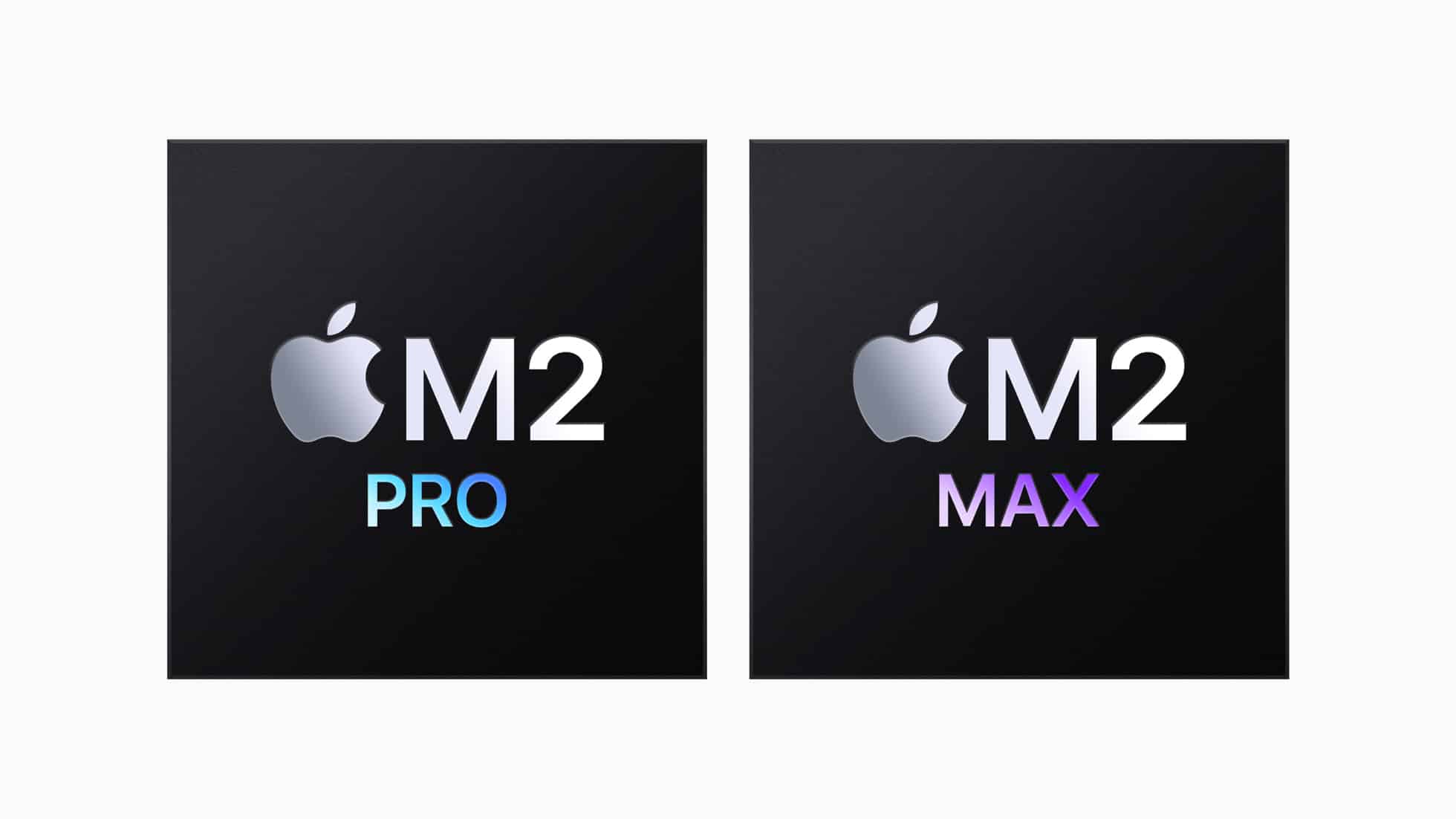
Apple this morning released a flurry of new products aimed squarely at creatives and professionals that require a lot of horsepower from their machines.
The new M2 Pro and M2 Max are Apple’s most powerful systems on a chip (SoCs) yet with substantial improvements to both the CPU and GPU on both chips and support of up to 96GB of unified memory.
Based on the M2 architecture launched in June 2022, the M2 Pro and M2 Max are built using a second-generation 5-nanometer process technology. Here are the specs:
M2 Pro

Apple has scaled up the M2 architecture with M2 Pro to consist of 40 billion transistors—a 20% increase over the M1 Pro and double the amount of transistors in the base M2 chip.
The M2 Pro features 200GB/s of unified memory bandwidth, doubling the capability of the M2, with up to 32GB of low-latency unified memory.
M2 Pro can be speced with either a 10-core or 12-core CPU with up to eight high-performance cores and four high-efficiency cores. The result is multithreaded CPU performance that is up to 20% faster than the 10-core CPU in the M1 Pro.
The M2 Pro GPU can be configured with up to 19 cores, three more than the GPU in the M1 Pro. Apple has also increased the L2 cache and says graphics speeds are up to 30% faster than the M1 Pro.
M2 Max
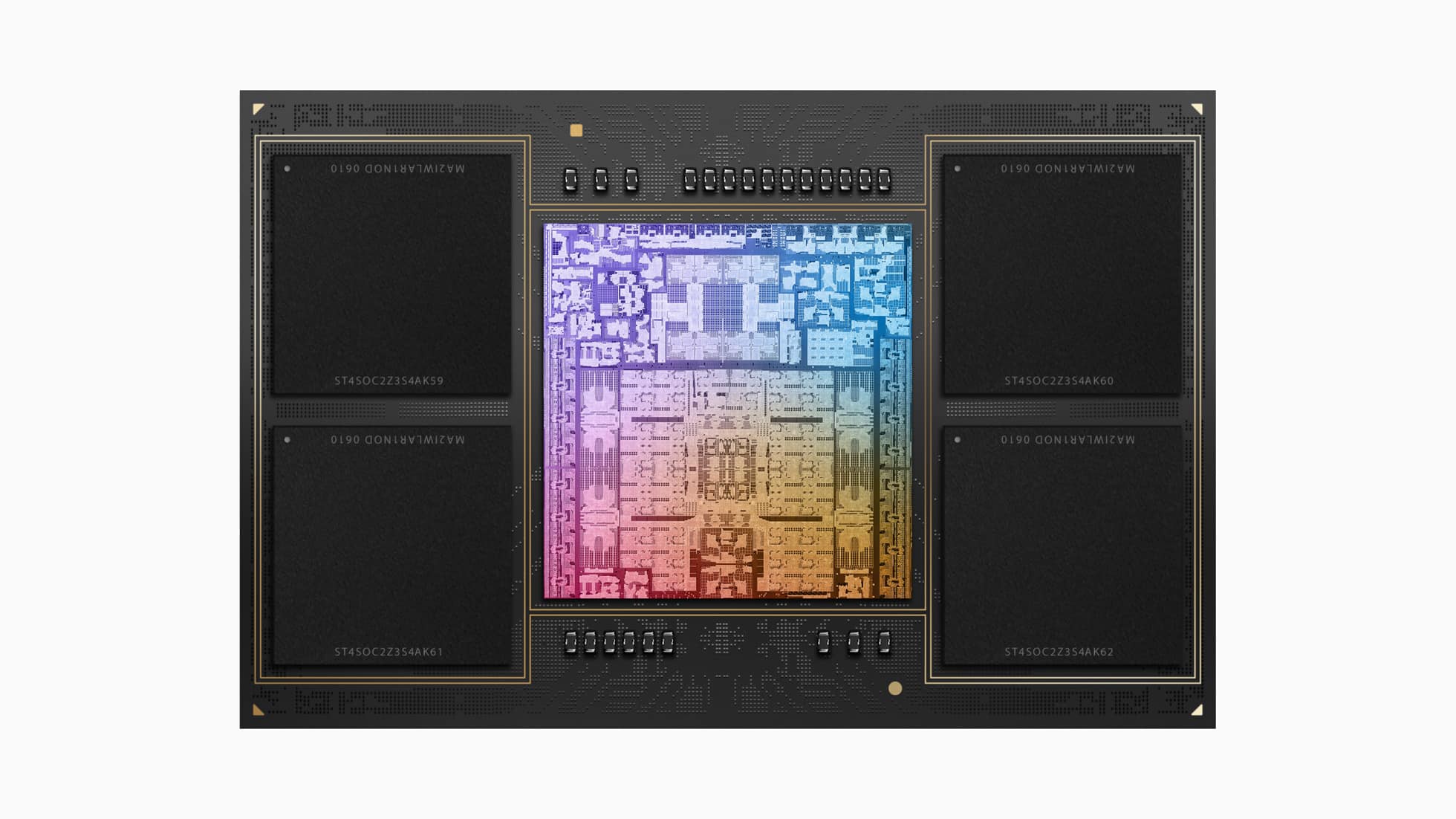
The M2 Max has 67 billion transistors, an increase of 10 million over the M1 Max and triple the amount found on the base M2. The M2 Max boasts 400GB/s of unified memory bandwidth—twice that of M2 Pro and 4x that of M2. The M2 Max also supports up to 96GB of fast unified memory.
M2 Max features the same 12-core CPU available on the M2 Pro, but the GPU is more powerful with support for up to 38 cores and a larger L2 cache. The result is an increase to graphics speeds up to 30% over the M1 Max.
Improved media engine
Just as Apple’s laptops and tablets equipped with M2 benefitted from improvements to media encode and decode, M2 Pro and M2 Max feature a media engine that is more efficient than any chip before it.
This includes “hardware-accelerated H.264, HEVC, and ProRes video encode and decode, allowing playback of multiple streams of 4K and 8K ProRes video while using very little power. M2 Max features two video encode engines and two ProRes engines, bringing up to 2x faster video encoding than M2 Pro,” Apple says.
New Mac Minis
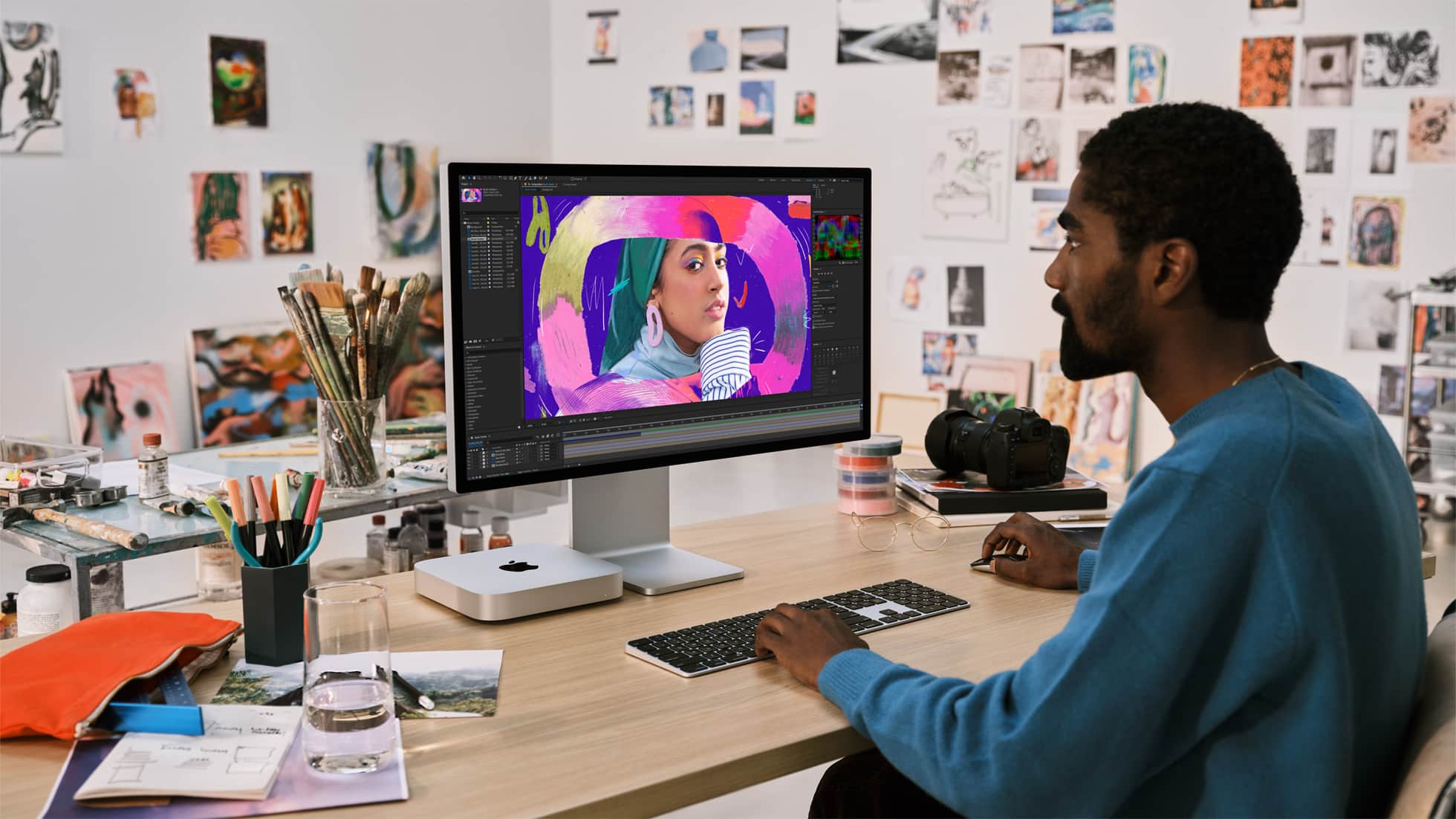
Along with the introduction of the M2 Pro and M2 Max, Apple announced that it would be updating its Mac Mini lineup with an M2-powered base model and an M2 Pro model.
The M2-powered base model is also cheaper at $599. The M2 Pro Mac Mini on the other hand starts at $1,299. But you’re getting a lot of power for that price.
The M2 Mac Mini supports up to two displays while the M2 Pro model supports up to three. Another nice bonus of the M2 Pro model is the inclusion of four Thunderbolt 4 ports. Perfect for connecting an OWC dock or one of our speedy storage solutions like Thunderblade or Envoy Pro FX.
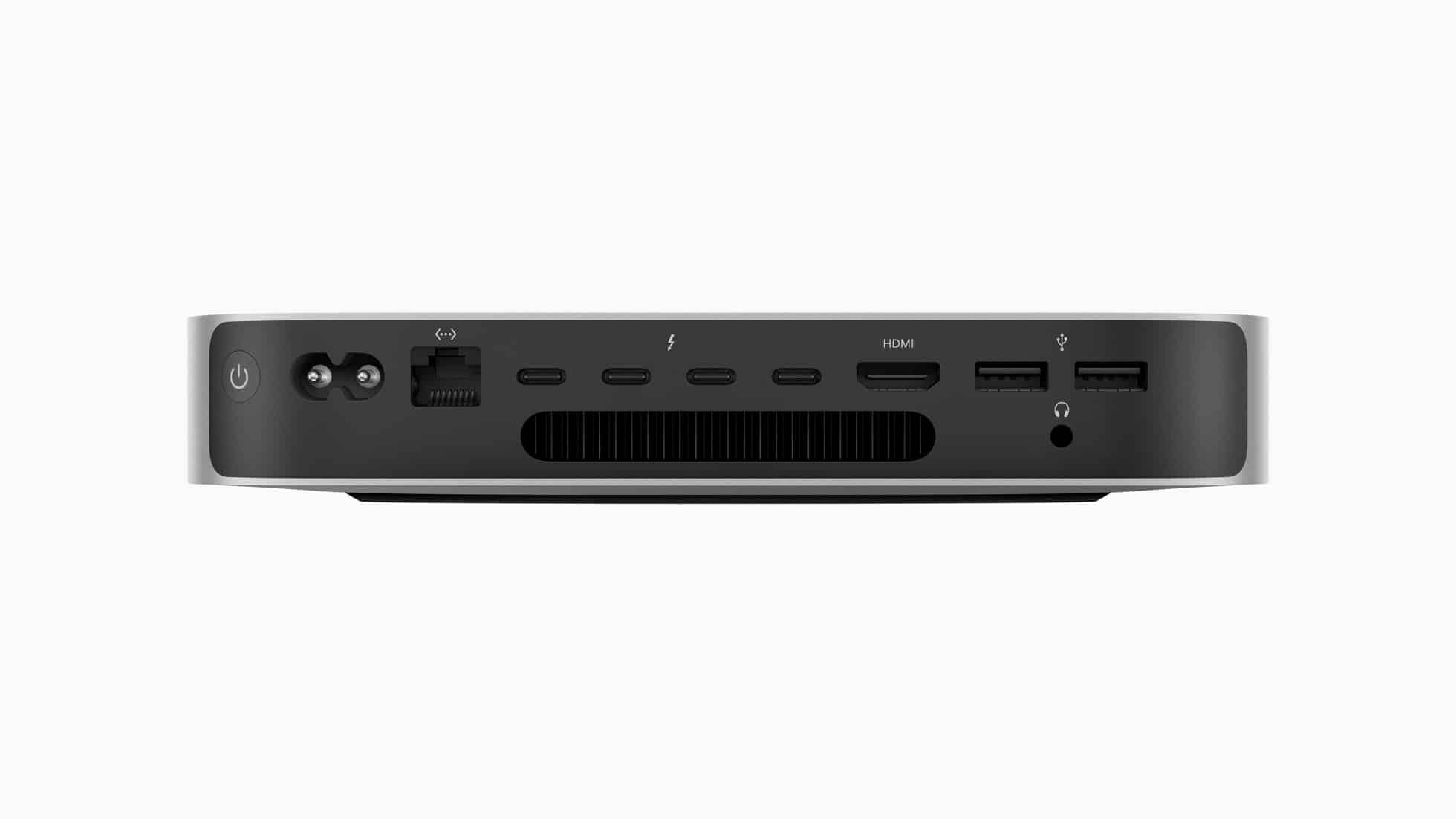
These products perfectly complement the new M2 Pro Mac Mini as Apple is stressing the fact that this is the first time pros can legitimately expect pro performance from the Mini’s small form factor.
New MacBook Pros
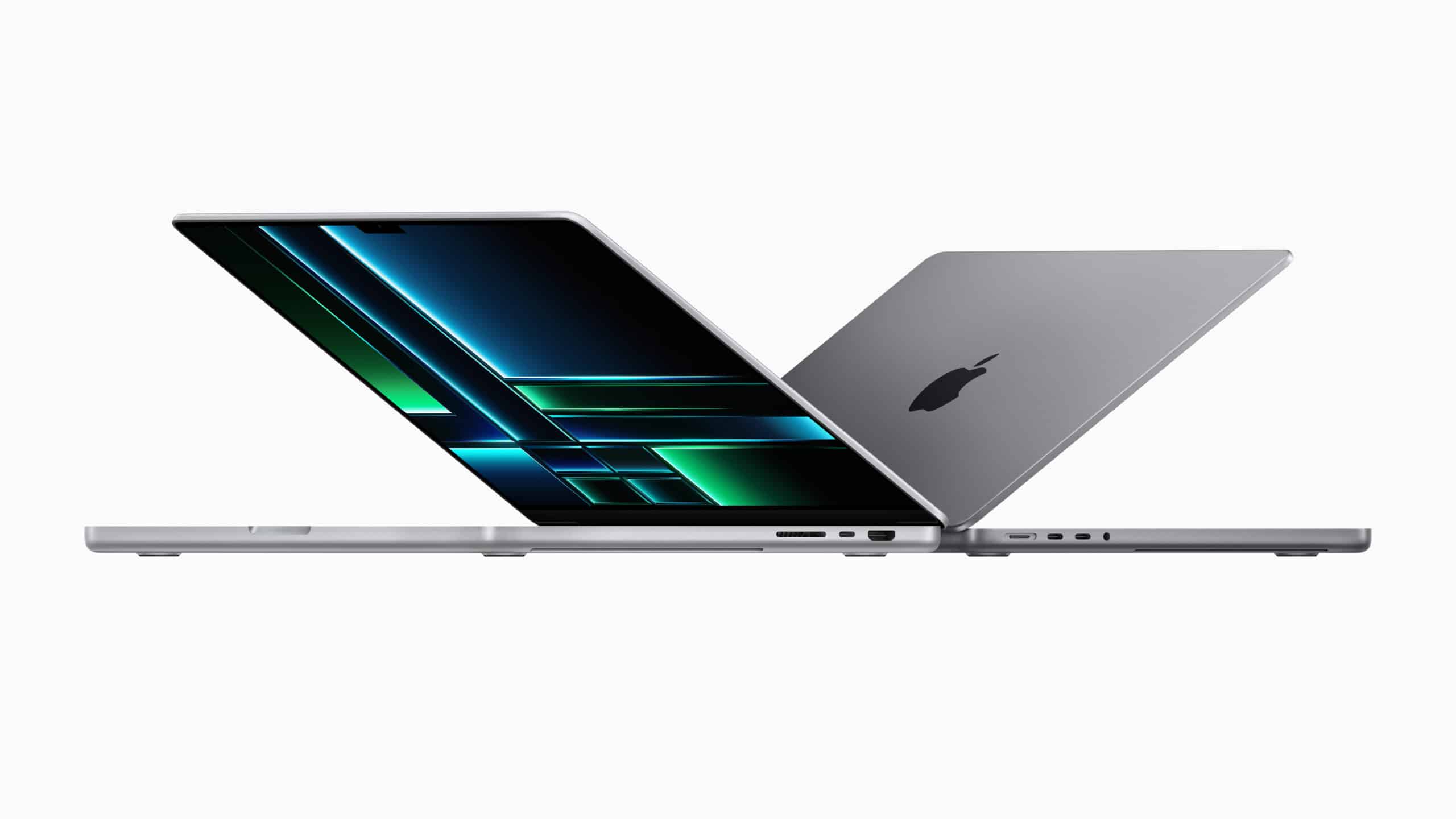
Apple has also updated its MacBook Pro lineup with new 14- and 16-inch models powered by M2 Pro and M2 Max.
Thew new MacBooks support 8K displays for the first time at refresh rates up to 60Hz, and 4K displays up to 240Hz. The laptops also include three Thunderbolt 4 ports, an SDXC card slot, and MagSafe 3 charging.
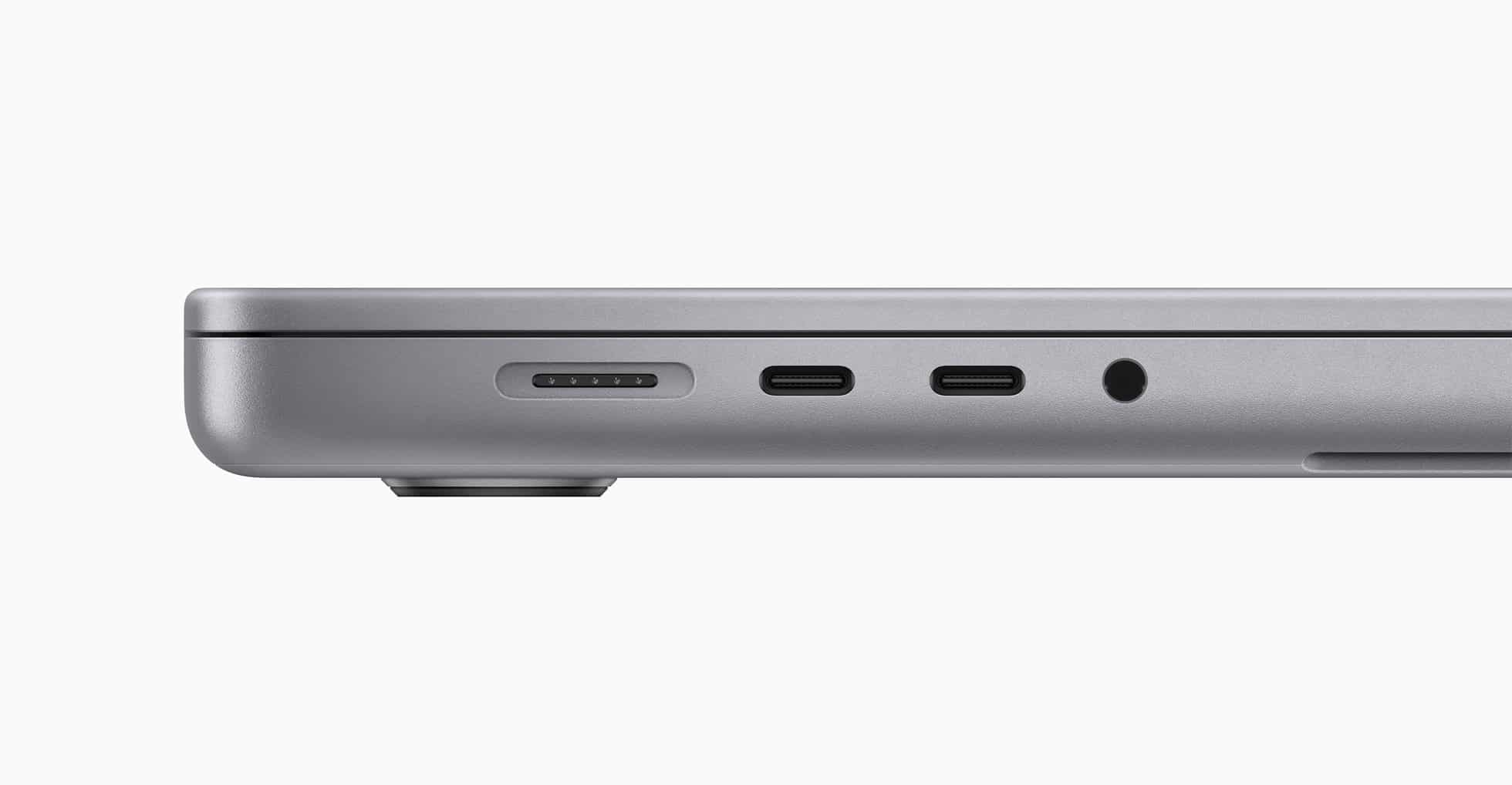
A Liquid Retina XDR display anchors both machines which include a 1080p FaceTime HD camera, six-speaker sound system, and “studio-quality” mics.
The 14-inch M2 Pro MacBook Pro starts at $1,999, while the 16-inch M2 Pro model starts at $2,499.




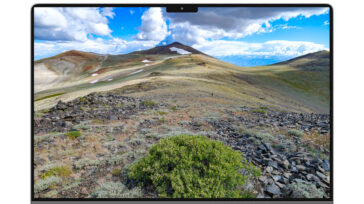

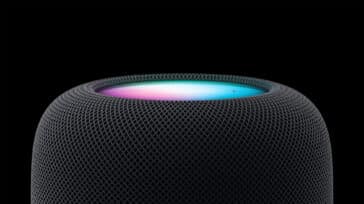
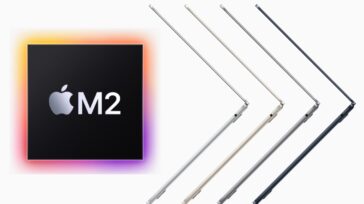


Would suggest that Apple fix bugs in existing product releases, before releasing new products with many bugs.